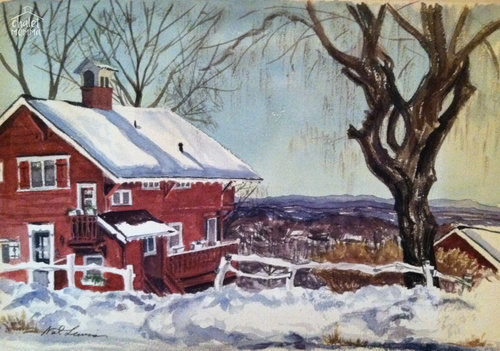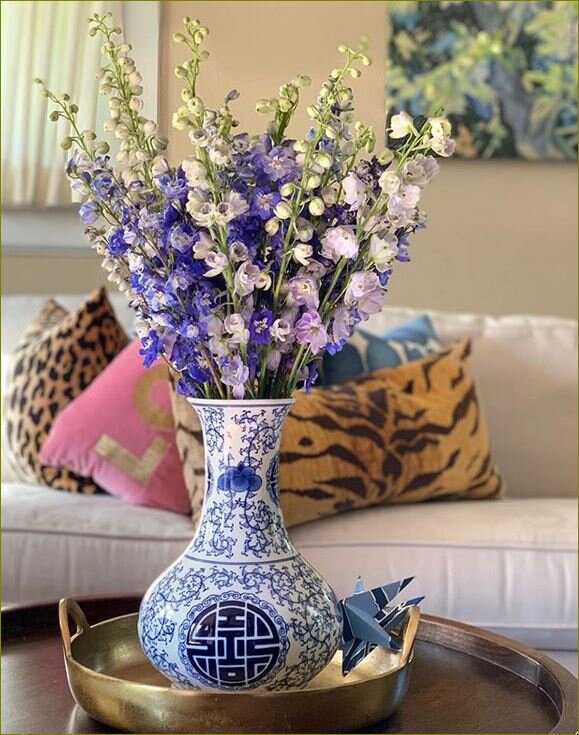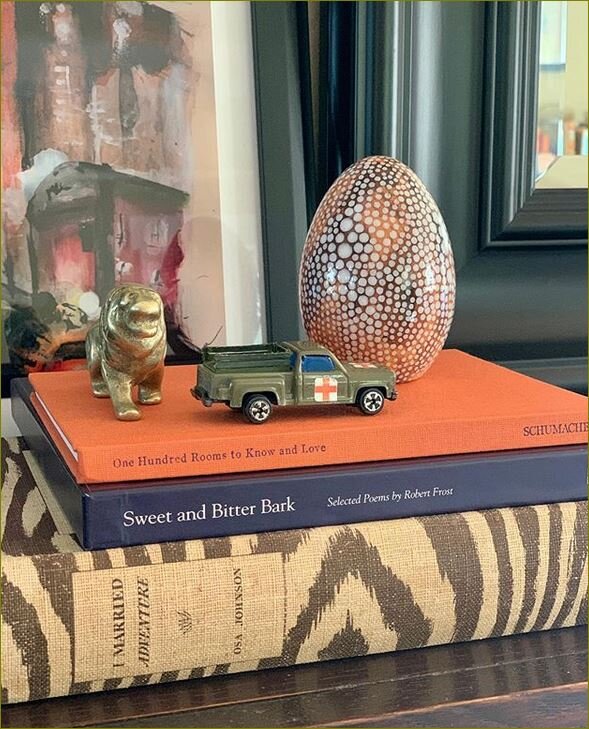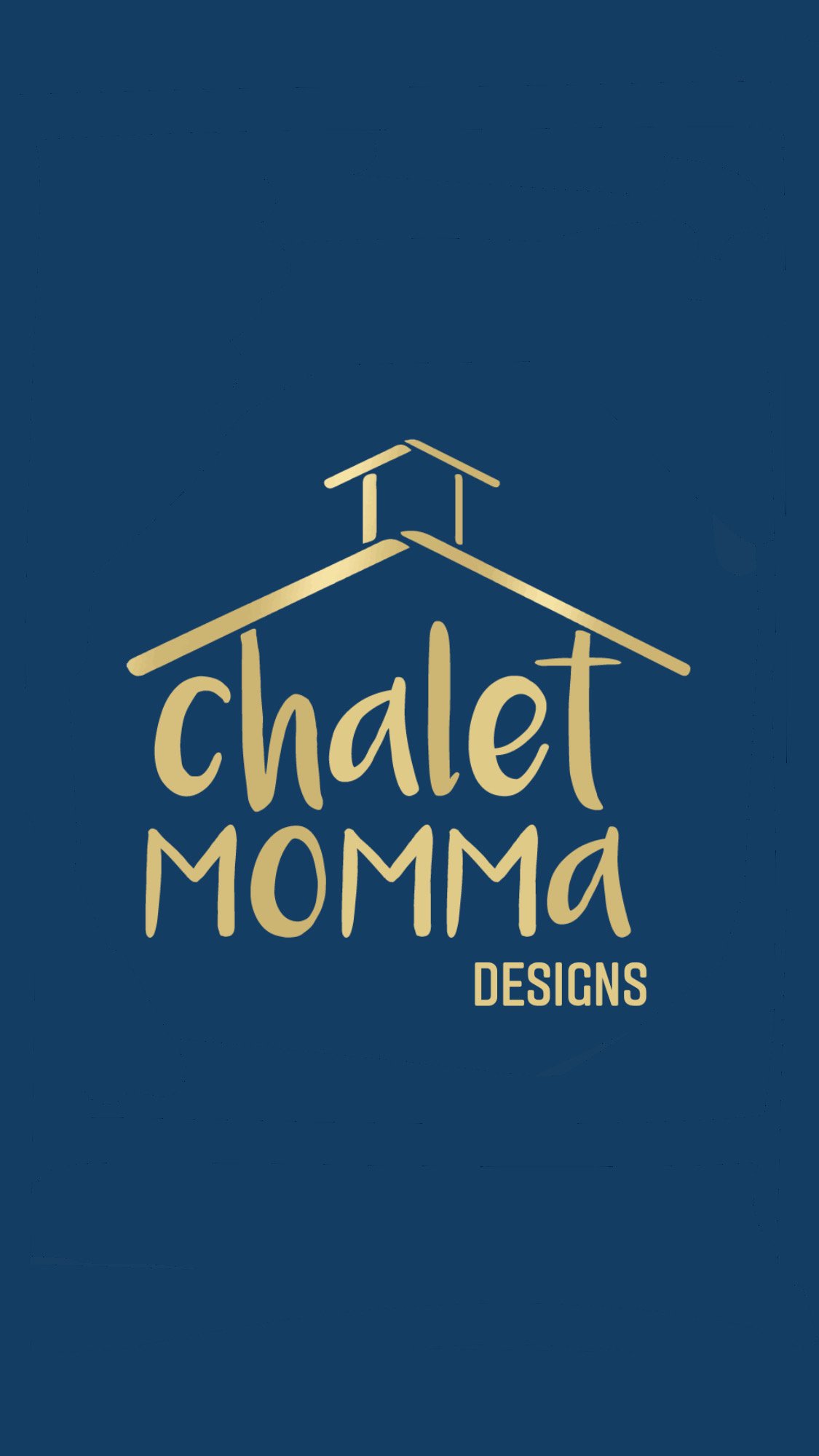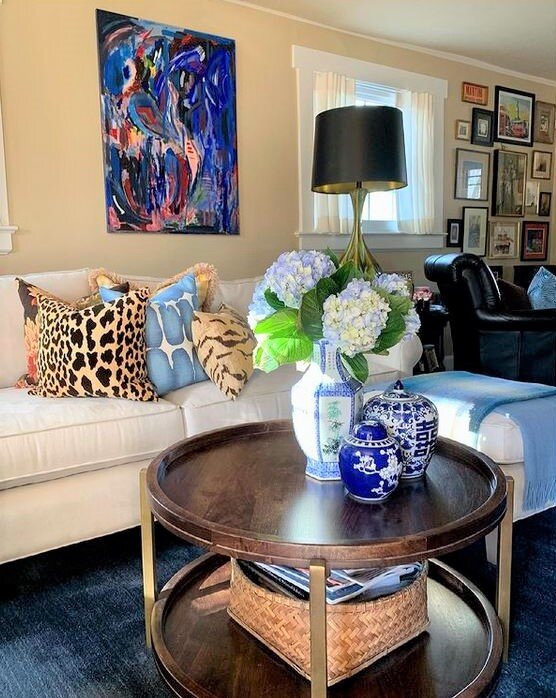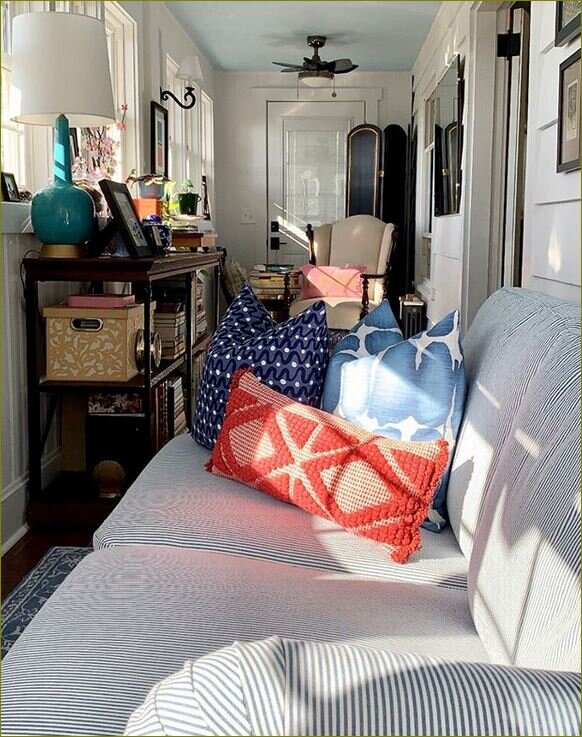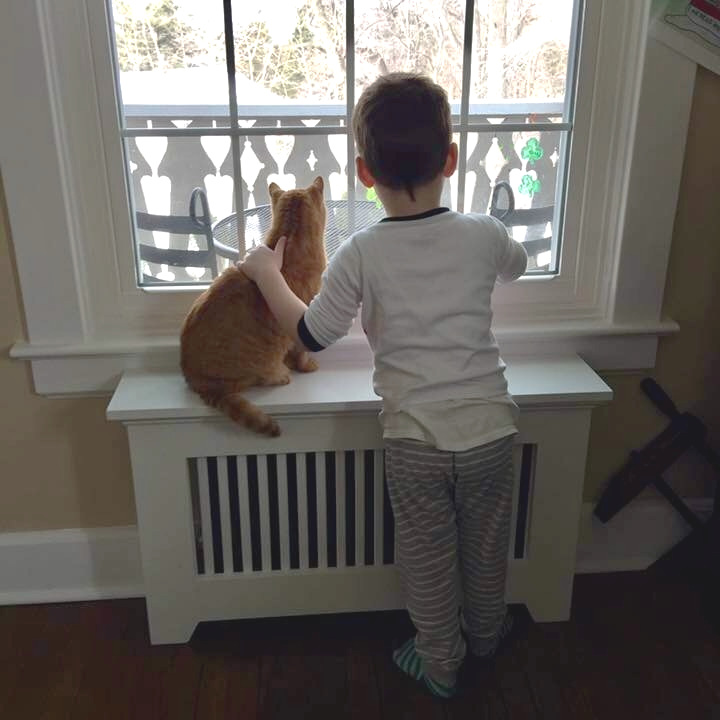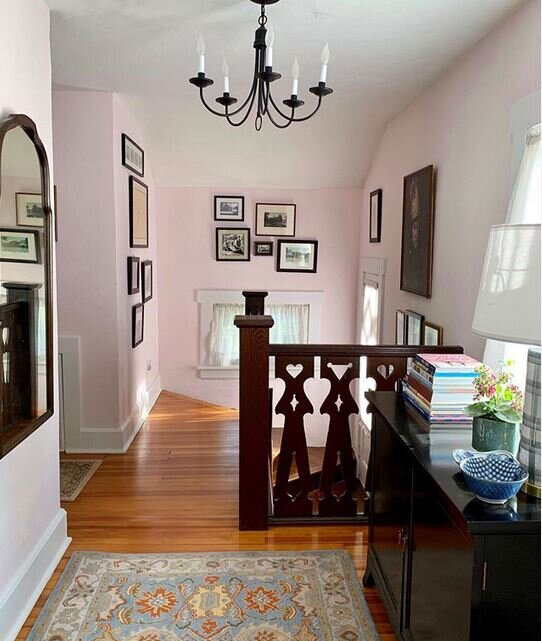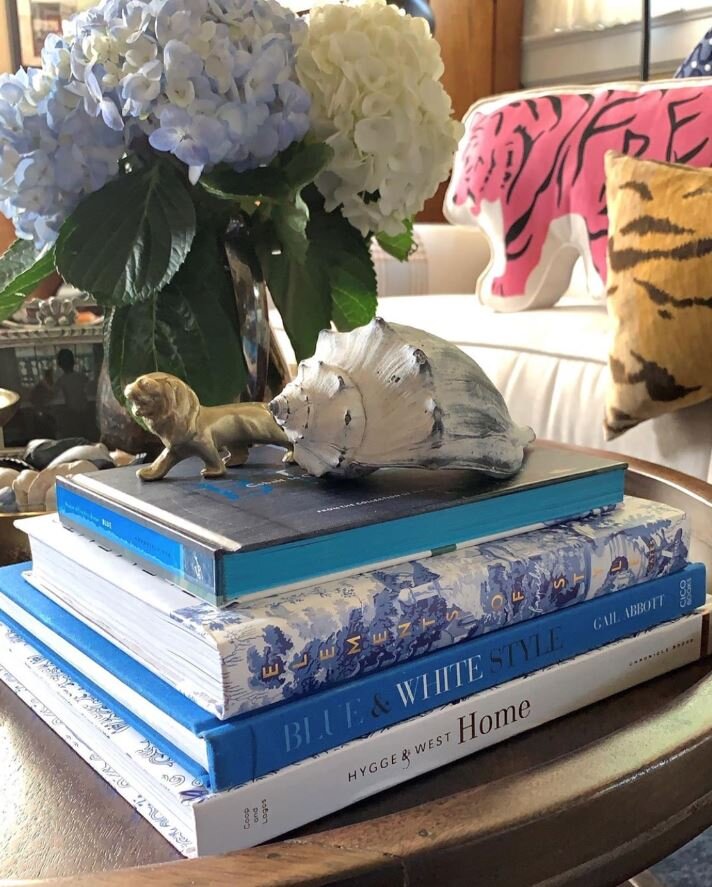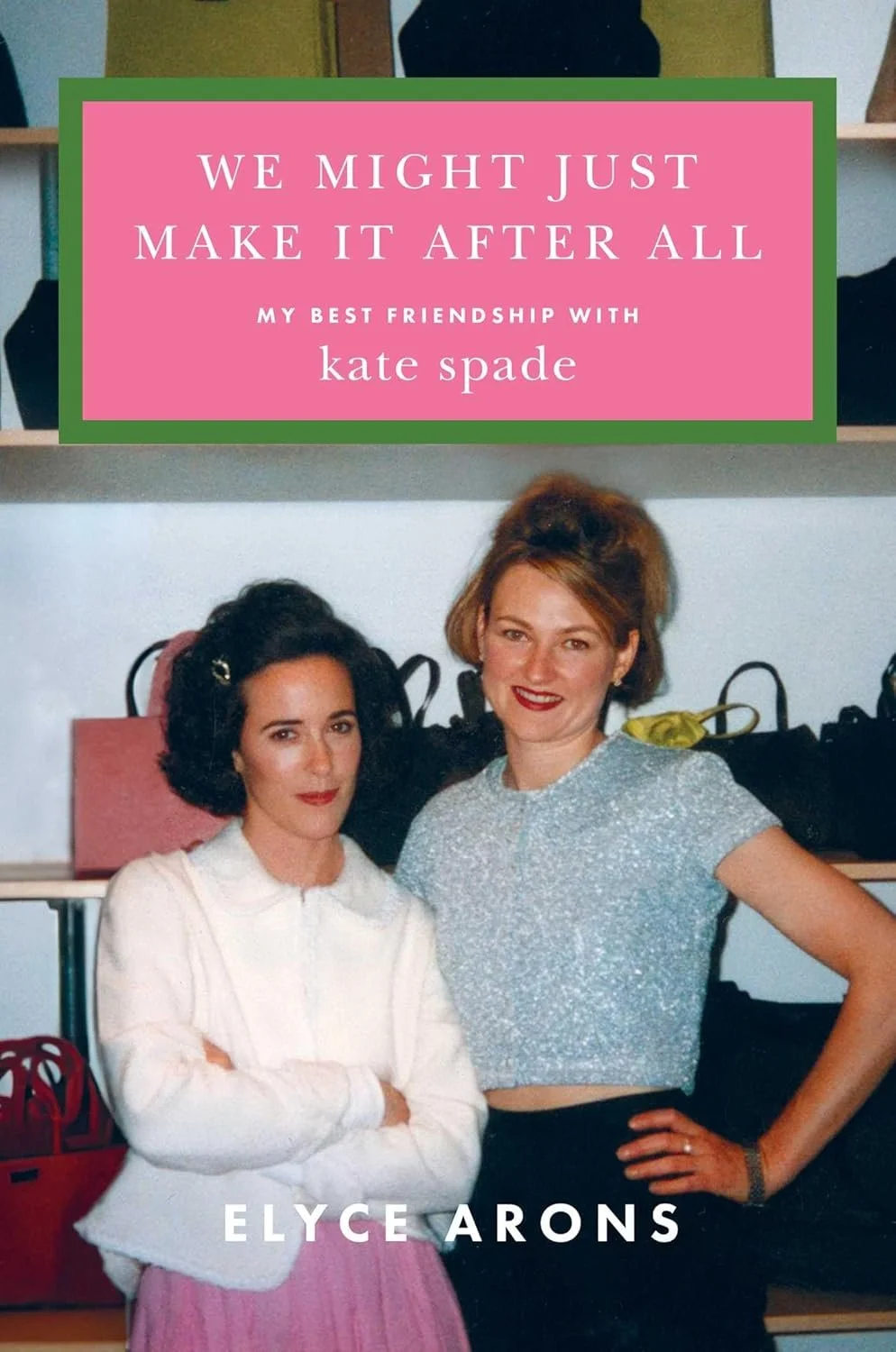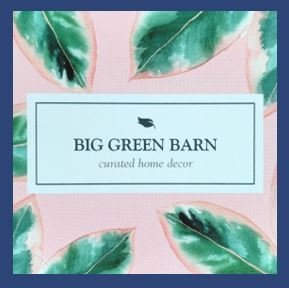Charming Chatsworth
/While I was recovering from my Tear Duct/Nose surgery last month I took a deep dive on You Tube and watched every program I could locate about Chatsworth the wonderful estate in Derbyshire, England, owned by the Dukes of Devonshire since 1549. I am besotted by it’s grander and history. If I ever get back to England it’s at the top of my list to visit. I added two new books about this magical place to the permanent Chalet collection.
In 1959 Deborah Mitford moved into Chatsworth with her husband Andrew Cavendish the 11th Duke of Devonshire and their children. She was known for her role in steering the renovation, improving the gardens and developing businesses such as the Chatsworth Farm Shop, Chatsworth's Retail and Catering operations, Chatsworth Estate Trading and Chatsworth Design. The Duchess also supervised the development of the Cavendish Hotel at Baslow, near Chatsworth and the Devonshire Arms Hotel at Bolton Abbey. She authored/co-authored (listed on Good Reads) 24 books all but a few about the estate. Here are four I own.
If you want a single book about the estate The House is the one I would recommend - it covers the most about the building and it’s collections.
Til next time friends be well I’ll be here leafing through my beautiful books.

